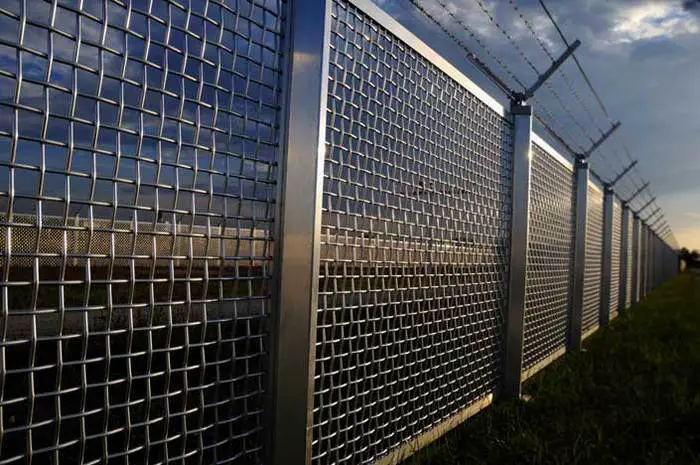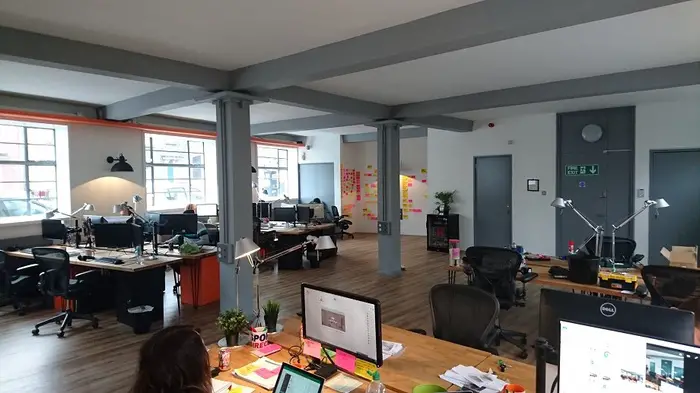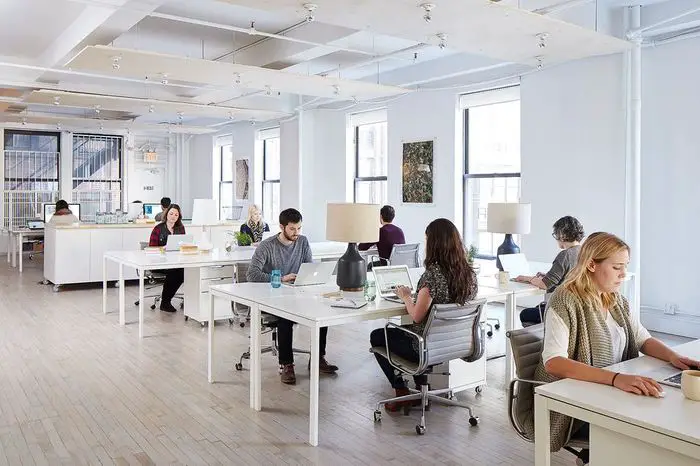So many businesses never reach this point. But you have managed to beat the odds and outgrow your coworking space, your office share, your desk hoteling, and whatever else such arrangements are being called these days.
Congratulations! You made it. And now you have another challenge. You seriously need new office space. It is time to move into your own building. One of the big decisions is whether to take over an existing property or build new. Existing buildings have the following challenges
- With an existing property, you may not have enough room to add on as needed.
- It is a lot harder to retrofit certain technology infrastructure into an existing building.
- There may be contracts in place with the city and a nearby establishment that could limit what you want to do.
That said, many of the challenges with new or existing property remain the same. You still have to consider a number of issues before moving ahead with the project. Here are a few:
Industrial Fencing

One of the reasons you might want your own building in the first place is that it makes it easier to control information coming in and going out of the facility. Trade secrets are worth billions.
A chainlink fence might keep casual trespassers away. But a commercial concrete fence can make the work of corporate espionage a lot harder. It will be more difficult to see which executives enter and leave the building at a given time. If you have a project that is done partially outdoors, a privacy fence is a must.
The kind of fence you need might already be a part of an existing building. But if it is not, you have to worry about any regulatory roadblocks that could interfere with your plans. There are always camera drones with which to contend. But there are many anti-drone measures you can take. And it is always better to make the bad guys work harder to breach your defenses.
The first step is to actually have some defenses in place. Start with a good fence.
Wireless-ready

Any office building you consider has to be wireless-ready. Your workforce will be making multi-million dollar decisions while walking around using smartphones and tablets. They will be in the lunchroom and the arboretum with at least one hand on a laptop at all times.
Note that most of those tablets and laptops will be wifi-only. These are the tools of business. They do not work without a reliable, ubiquitous connection. Wireless dead spots are places in your office where you can’t make money. If you are considering a building that can’t be made wireless-ready, you have to look elsewhere.
Worker-approved
Sometimes managers are under the false impression that they are the ones who actually get work done. They are not. If you want your business to be as successful as it can be, make sure you set up the office in a way that workers approve. Otherwise, you are working against your own best interests.
Don’t take some guru’s word that standing desks will get the most out of your employees. Dumping everyone into community areas and shared tables with no privacy will not work for everyone. It benefits no one if you purchase an office space in which no worker wants to be. Give them what works best for them. And they will work their best for you.
Location, Location, Location
Office space is more expensive, less private, and less flexible in the city. But it is extremely convenient. And that has to be factored into the expense. You don’t need shuttle buses for a city location.
If you locate in a place that is at least an hour from the average worker, you have a different kind of problem. You are going to have a harder time getting good help. Their home life will be more strained. And that will show up in the work. And there are more transportation challenges in the places furthest from public transportation.
Congratulations on your success. But before taking the next step, be sure to consider industrially fenced, wireless ready, worker-approved, well-located spaces that will sustain you through your next phase of growth.
